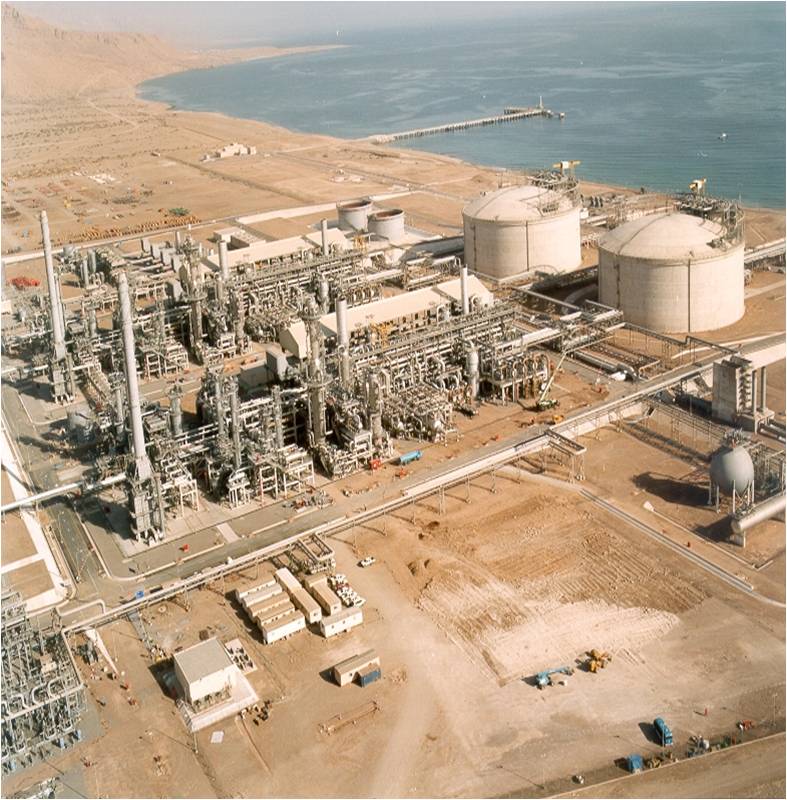Cryogenic Expanders
Using our pump design technology and experience, we developed an extremely reliable and efficient expander that consists of an induction generator mounted on an integral shaft. The entire unit, including the turbine and generator, is totally submerged in the cryogenic fluid. This completely eliminates the need for dynamic seals, shaft couplings, generator support structure, and any concern of possible misalignment between the turbine and generator. By eliminating possible leakage from rotating seals, the design is extremely safe, especially when hazardous fluids are being handled.
To ensure reliability and increase mean time between overhauls, our expanders use the same thrust equalizing mechanism (TEM®) used in our pumps. This system completely eliminates axial thrust loads, dramatically increases bearing life, and reduces machine wear. Our expanders also can be supplied with variable speed technology together with fixed inlet vane geometry, which optimizes expander efficiency over a wide range of flows and desired pressure reductions. This method enables automatic optimization of work transfer and performance to match changes in process conditions. At the heart of the system is the variable speed, constant frequency (VSCF) controller, which can vary the speed of the generator and expander to precisely match process conditions. At the same time, power is produced at constant frequency with unity power factor. The low harmonic sinusoidal output can then be fed directly back into the plant electrical system. In processes where few operating points are expected, cryogenic expanders may be supplied without the VSCF for constant speed operation. In this configuration, the expander can be connected directly to the site’s electrical grid, simplifying the install and reducing installation costs.
All expanders are installed inside a pressure vessel designed and built to applicable pressure vessel codes. The system is suitable for installation in hazardous area locations as required and defined by applicable codes and standards. In addition, each expander is fully tested at the cryogenic testing facility, simulating actual site conditions. Testing can be performed at full speed and full power with a variety of liquids such as LNG, LPG, or LN2, depending on the temperature and specific gravity of the service fluid.
The latest innovation in our expander line is the upward flow, two-phase expander, which allows the expansion of liquefied gases into two-phase mixtures within its final stage. Harnessing the energy of two-phase expansion increases the expander’s generator output, reduces boil-off losses, and improves the overall liquefaction process even further.
Expander Investment Payback

Oman, site of the first Cryodynamics expander installation
With the installation of a single-phase Cryodynamics expander, an increase in overall process efficiency of approximately 5 percent can be obtained. By installing a new Cryodynamics upward flow two-phase expander, this value can increase to as much as 8 percent. In LNG liquefaction trains, additional LNG output is achieved through the enthalpy reduction of the LNG during the expansion across the expander. The enthalpy reduction of the LNG reduces the boil-off losses and increases the LNG output for the same input. A typical expander with a 2,000-kW generator installed in an LNG pressure reduction stream can provide as much as 120,000 tons of additional LNG per year.
In addition to the LNG capacity increase, Cryodynamics expanders provide the benefit of electrical power generation. A typical expander has a power generation potential of from 1.0 to 3.0 megawatt and, with an expander efficiency of 88 percent, an output of 880 to 2640 kW can be realized. Over the course of a year, this can total more than 23,000,000 kilowatt-hours. At a cost of about $0.12 per kilowatt-hour, more than $2,800,000 of power is produced per year.
With these significant economic benefits realized, the potential payback time for investing in a Cryodynamics expander system can be less than one year, and sometimes as short as a few months.